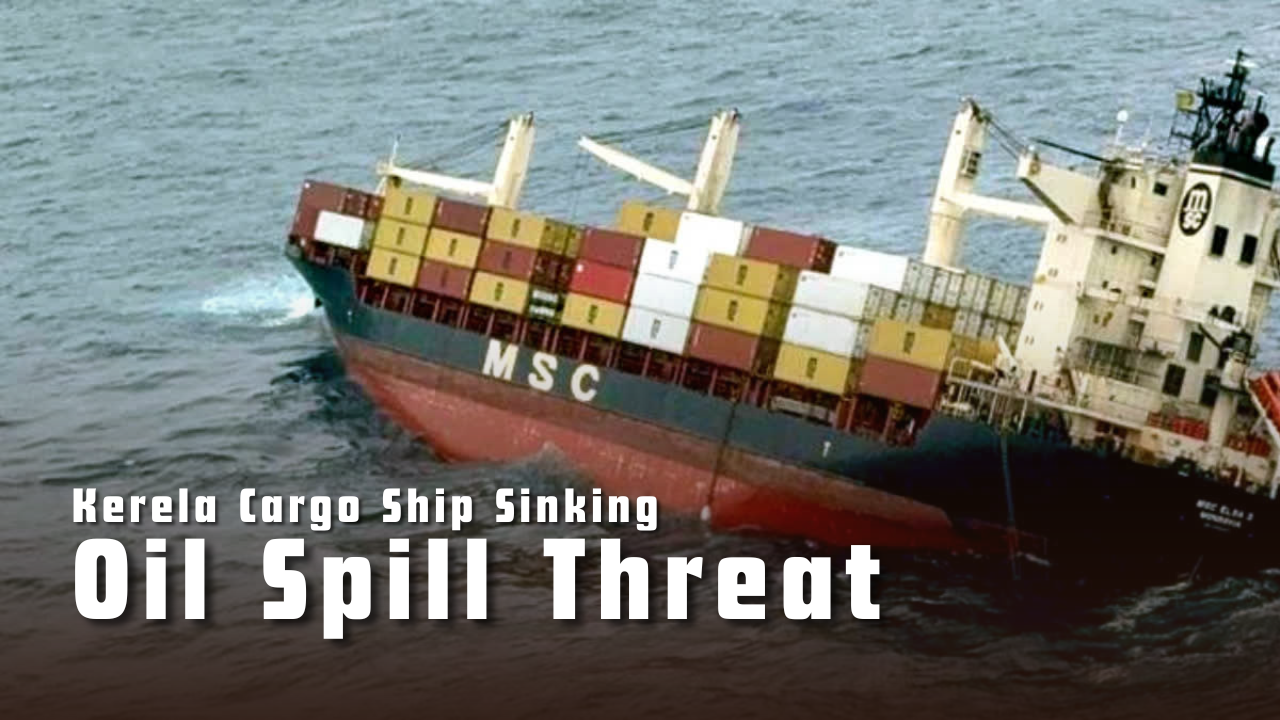Font size:
Print
Innovative Cleanup Technologies for Acid Mine Drainage (AMD)
Context:
- Researchers have proposed a combined approach to clean up the AMD using plants to absorb toxins through their roots or bacteria to consume them.
- The goal is to produce clean water that can be reused in mining, irrigation, or drinking, or safely released back into the environment.

|
What is Acid Mine Drainage?
|
Key Highlights:
- The abandoned gold mines in Krugersdorp, located 32 km west of Johannesburg, are leaking highly toxic metals including uranium, arsenic, cadmium, chromium, and mercury.
- This AMD poses severe health risks, contaminating groundwater, and rivers, and forming toxic dust. The situation is dire and demands immediate action.
- The use of phytoremediation and “cloSURE” technology represents a significant step toward cleaning up AMD in Krugersdorp.
- Historical Context: Gold mining in Krugersdorp started in 1887, well before the 1998 National Environmental Management Act required waste management. Before 1998, mining wastewater was released untreated, leading to current contamination issues.
Environmental Risks:
- High concentrations of toxic metals in Krugersdorp’s soil (0.3 mg to 12 mg per litre) exceed World Health Organization limits. Contaminated air affects residents, especially during the windy season in July and August.
- The untreated AMD threatens the Cradle of Humankind, a UNESCO World Heritage site, via the Tweelopiespruit stream.
A Novel Approach for the Krugersdorp Sites
Recommendations:
- Immediate Action: The development of cost-effective and efficient adsorbents, such as activated carbon, is crucial for enhancing pollutant removal.
- Local Solutions: Build small AMD treatment plants to pilot cleanup methods.
- Global App: To develop an app to select and apply the best global technologies for specific AMD spills.
- Recovery Technologies: Explore methods for recovering valuable metals like copper and silver from AMD to reduce environmental stress.
Implications:
- By implementing these combined methods, scientists hope to restore the affected areas and mitigate the impact of toxic waste from gold mines.
- This research marks a crucial milestone in environmental remediation efforts, emphasising the importance of sustainable solutions for mine pollution.

